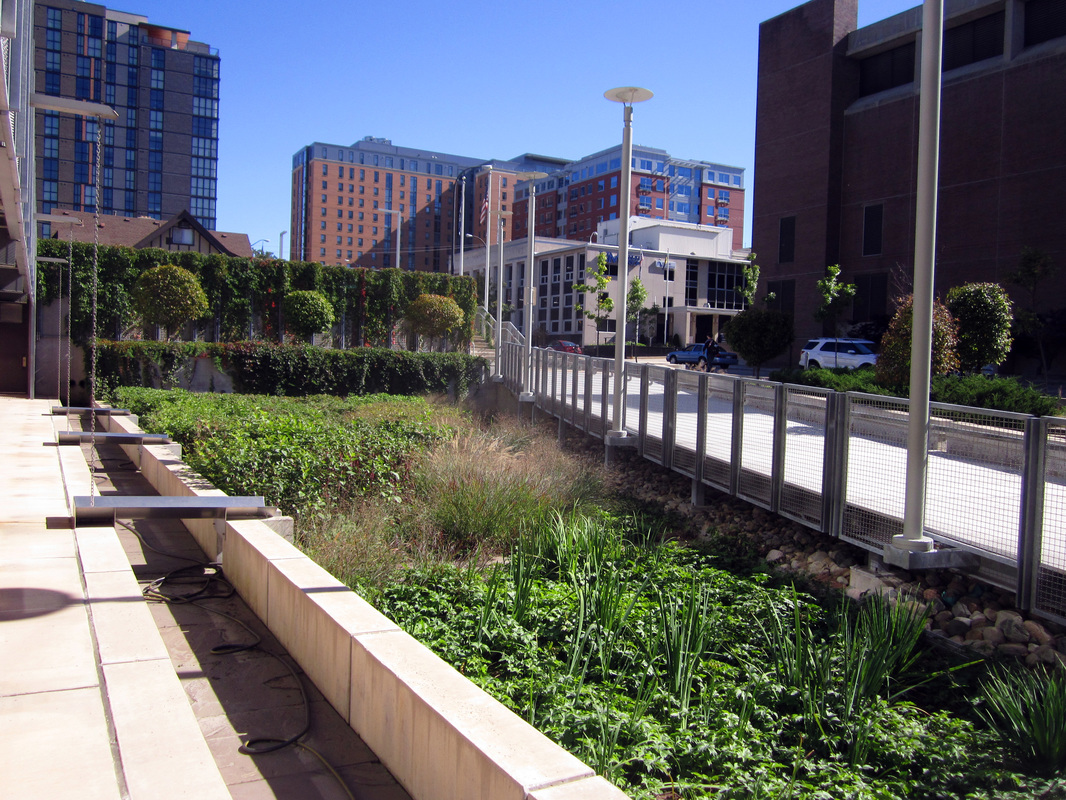Green Infrastructure Series: Ann Arbor, MI
10/16/2016
Ann Arbor has a separate sewer system - when it rains, stormwater runs off the streets into the stormwater system where it is conveyed to the closest waterway, carrying oils, pet waste, litter and whatever else is on the streets and sidewalks. To mitigate stormwater runoff pollution in the Huron River and its tributaries, Ann Arbor has implemented a Stormwater Utility Fee and piloted green infrastructure projects throughout the city.
For the Stormwater Utility Fee, residential and commercial property owners are billed quarterly for the impervious cover on their property. Charging property owners based on impervious coverages encourages them manage stormwater onsite using green infrastructure (rain barrels, ran gardens, green roofs). A property owner that is able to manage more stormwater by reducing impervious surfaces will be able to receive a stormwater credit, and not be charged the fee.
Residential customers are charged based on a tier system that breaks down impervious coverage into four tiers. On the low end, a property with less than 2,187 sq ft of impervious cover is charged $17 per quarter. At the high end, a property with more than 7,110 sq ft is charged $89.25 per quarter. Commercial customers are charged $425 per acre per quarter (there are 43,560 sq ft in an acre). Find out more about Ann Arbor's Stormwater Utility Fee on the city's Stormwater Rate website.
Ann Arbor is setting an example to private property owners about how to manage stormwater through pilot green infrastructure projects in both the public right of way and on public buildings. One example is a network of green infrastructure on Miller Avenue. The corridor now has multiple streetside rain gardens (known in some cities as bioswales) and two large rain gardens in public parks.
Miller Avenue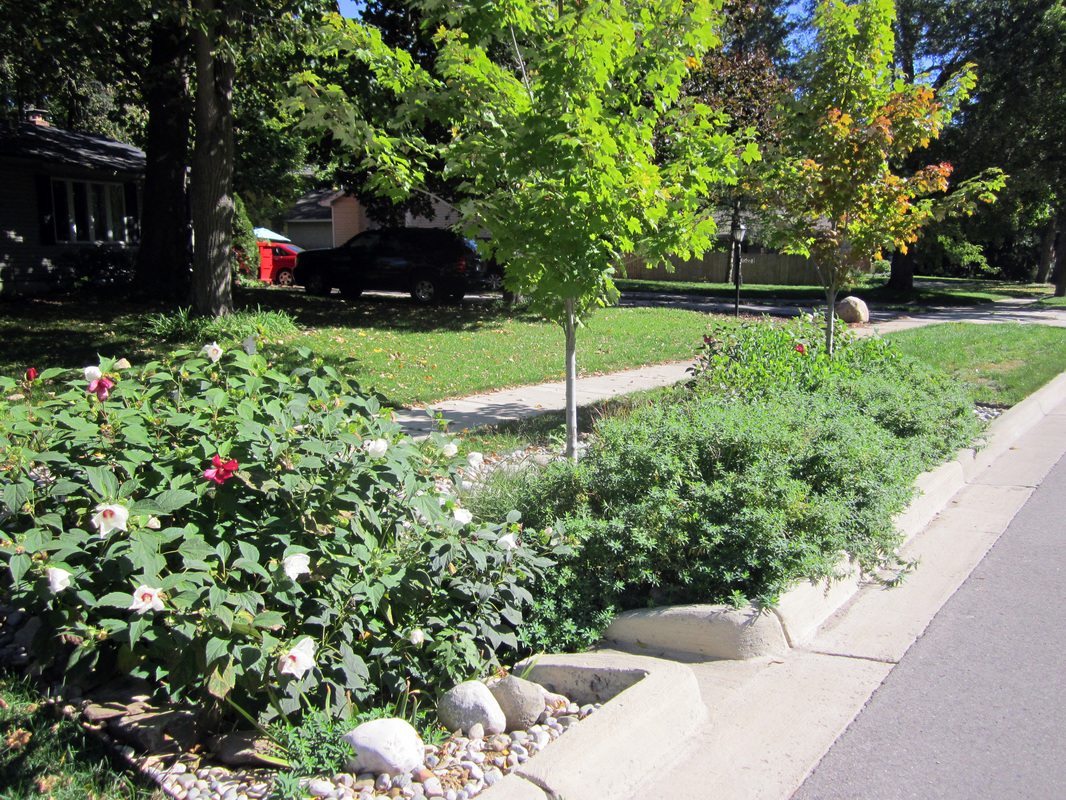
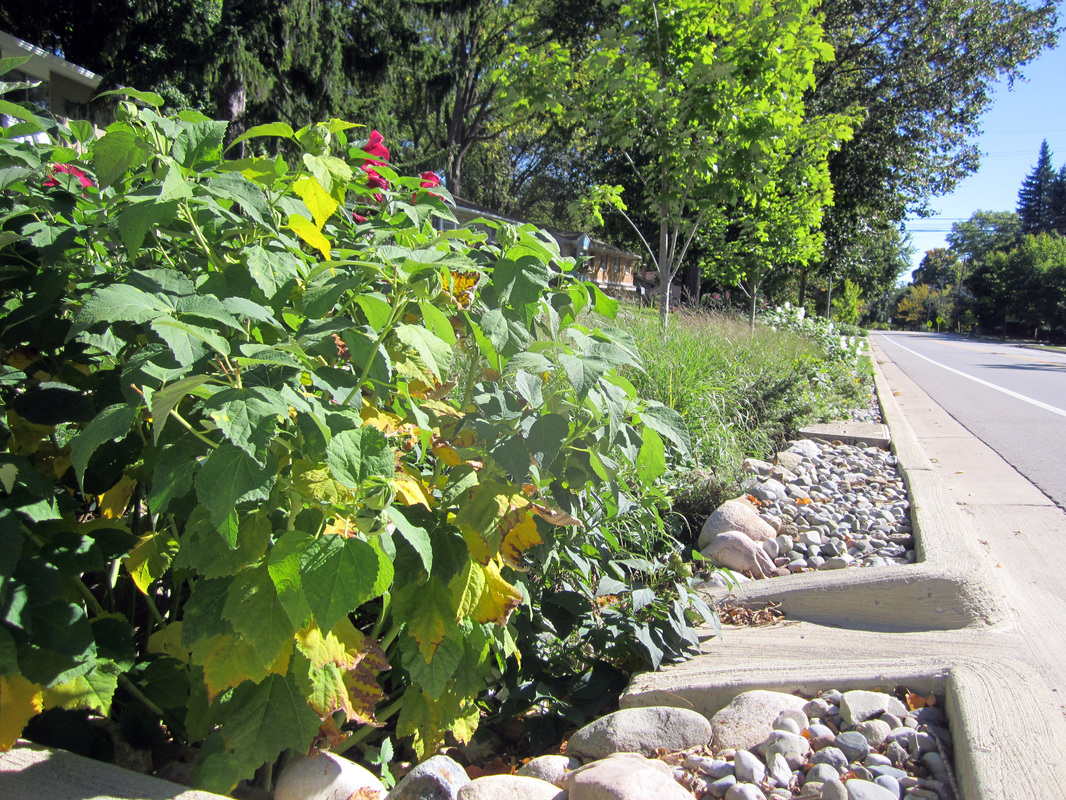

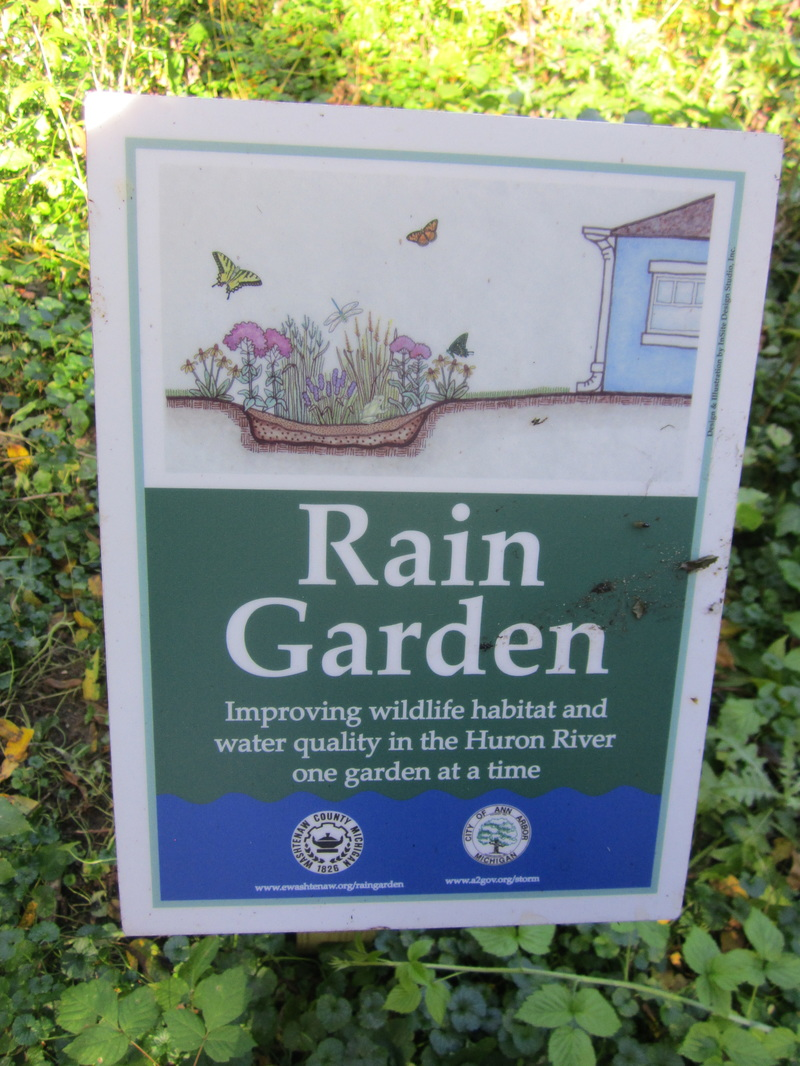
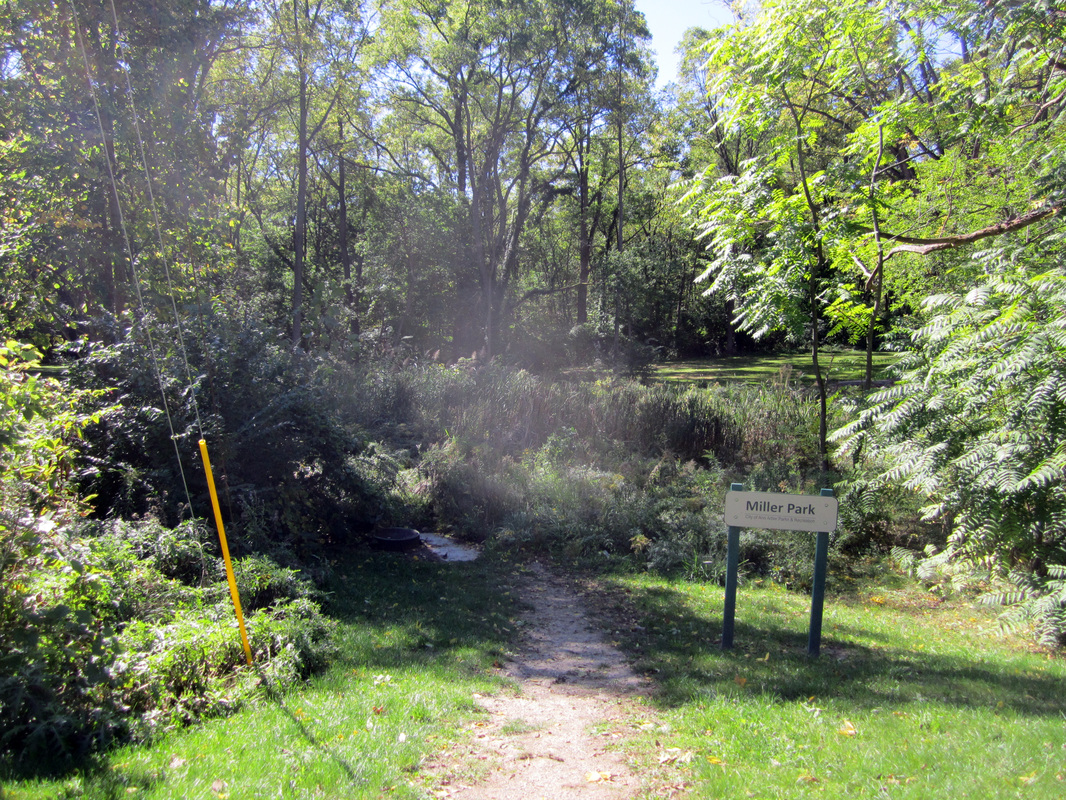







Ann Arbor's City Hall is a shining example of stormwater management through green infrastructure. A LEED Gold project, the building manages 100% of rainfall from a 4.75 inch storm. About 40% of the property is covered in green roof, rain garden or porous pavement. The rest of the rainfall is directed to the rain garden. The cistern below the rain garden can store up to 15,000 gallons of rainwater before it infiltrates into the groundwater. Some of this flow is cycled through a water sculpture; rainwater passes through and cascades down this bronze water sculpture. When all the water in the cistern below the rain garden has dried up (infiltrated into groundwater), the water will stop circulating through the sculpture until the next rainfall, indicating to passerbys that it has been a while since the last rainfall!
